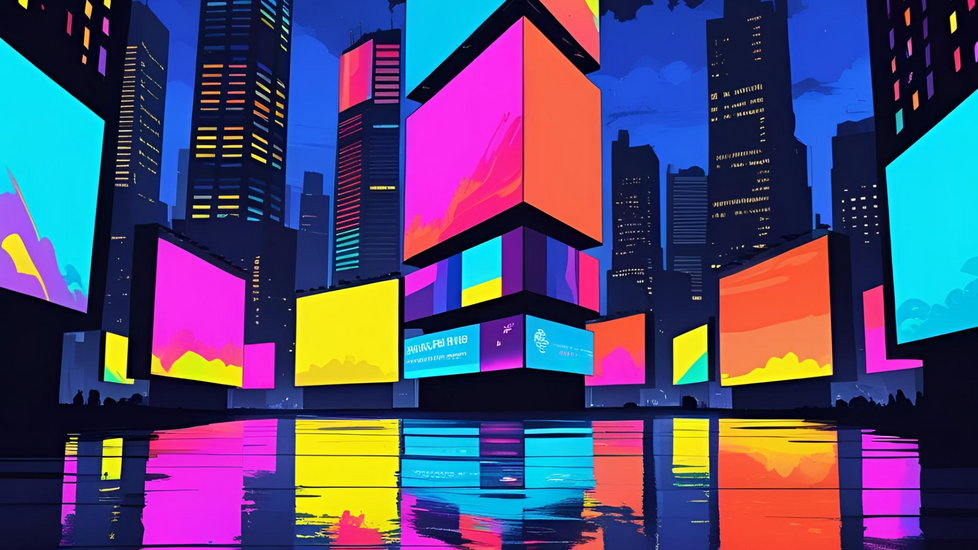Pixel Pitch Precision: How Millimeters Make or Break Your LED Display
Posted by Finn O'Connell, Senior Energy Systems Engineer, Big Shine LED on Jul 7th 2025
Alright, digital signage pros, event planners, anyone thinking about a giant screen: let's talk pixel pitch. This isn't some marketing gimmick. It's the single most critical product specification for an LED display. Get it wrong, and your high-res content looks like a blurry mess or an expensive, pixelated grid. Precision here makes or breaks your visual impact.
What is Pixel Pitch, Exactly?
Simple: Pixel pitch is the distance in millimeters from the center of one LED pixel to the center of the next adjacent pixel.
- P1.5 means 1.5 millimeters between pixels.
- P10 means 10 millimeters between pixels.
Think about it: A smaller pixel pitch means more pixels are packed into the same area. This creates a higher pixel density and a sharper image.
Viewing Distance: The Golden Rule
This is where pixel pitch earns its keep. The smaller the pixel pitch, the closer your audience can stand without seeing individual pixels.
- Close-Up Viewing (e.g., retail, control rooms, conference rooms): You need a fine pixel pitch (like P1.2 to P2.5). Viewers are close. They demand crisp text and smooth images. Every millimeter matters here.
- Medium Distance (e.g., auditoriums, lobbies, indoor stadiums): A medium pixel pitch (e.g., P3 to P5) often works. Viewers are a bit further back. You can balance clarity and cost effectively.
- Long Distance (e.g., outdoor billboards, large arena screens): A larger pixel pitch (e.g., P6 to P10+) is fine. Drivers or stadium attendees are far away. Their eyes naturally blend the pixels into a clear image.
The simplified rule of thumb: Multiply your pixel pitch (in mm) by a factor (often 8 or 10, or even 2.5 for meters) to get a good minimum viewing distance in feet or meters where the image starts to look smooth. A P3 display, for example, looks great from 24-30 feet away.
Image Clarity & Application Suitability
Pixel pitch directly impacts what your display can effectively show:
- Resolution: A smaller pixel pitch allows for a higher effective display resolution within a given screen size. This means more detail. Think razor-sharp text, intricate graphics, or detailed video.
- Content Detail: If your content has fine lines, small text, or complex visuals, a fine pixel pitch ensures it's readable and clear. A larger pitch makes fine details pixelated or illegible from close range.
- Indoor vs. Outdoor:
- Indoor LED displays almost always use smaller pixel pitches (P1.0 to P4.0). People are closer. They need high clarity in controlled light.
- Outdoor LED displays often use larger pixel pitches (P4.0 to P10+). Why? Viewers are usually further away. Also, larger pixels can be brighter for sunlight visibility and more robust against elements.
Choosing Your Right Resolution Product
Don't overspend on a super-fine pixel pitch if your audience is 100 feet away. You gain no visual advantage, just higher cost. Conversely, a large pixel pitch for a boardroom wall will be a pixelated disaster.
At BSW Partner Hub, we help you pinpoint the ideal LED display product for your specific needs. We analyze your viewing distance, content requirements, and budget. This ensures your digital signage makes the right impact. It means you get the perfect balance of display resolution, clarity, and cost-effectiveness. Let's make your message unmistakably clear.

